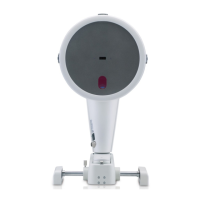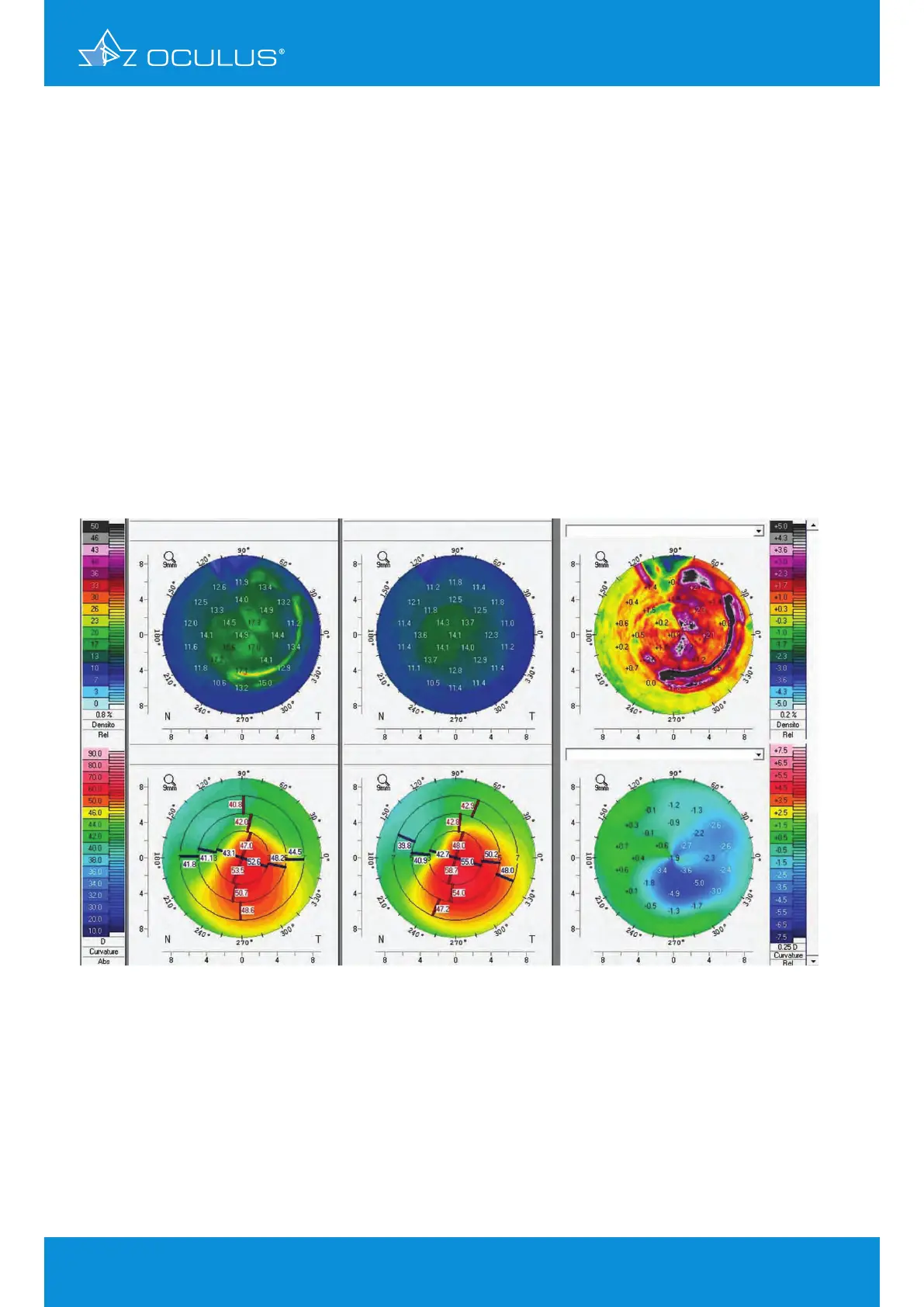
 Loading...
Loading...
Do you have a question about the OCULUS Pentacam and is the answer not in the manual?
| Measurement Time | Less than 2 seconds |
|---|---|
| Corneal Coverage | Up to 12 mm |
| Software | Pentacam Software |
| Data Transfer | USB |
| Corneal Topography | Yes |
| Display | External monitor required |
| Measurement Principle | Scheimpflug imaging |
| Camera | Rotating Scheimpflug camera |
| Light Source | Blue LED |
| Pachymetry | Yes |
| Anterior Chamber Analysis | Yes |
| Imaging Principle | Scheimpflug imaging |
| Fixation | Internal |
| Power Supply | 100-240 V, 50/60 Hz |
| Resolution | High resolution |
| Lens Density Measurement | Yes |
| Dimensions | Varies depending on model and configuration |
| Weight | Varies by model, check manufacturer specifications |
| Number of Images | 25 or 50 |